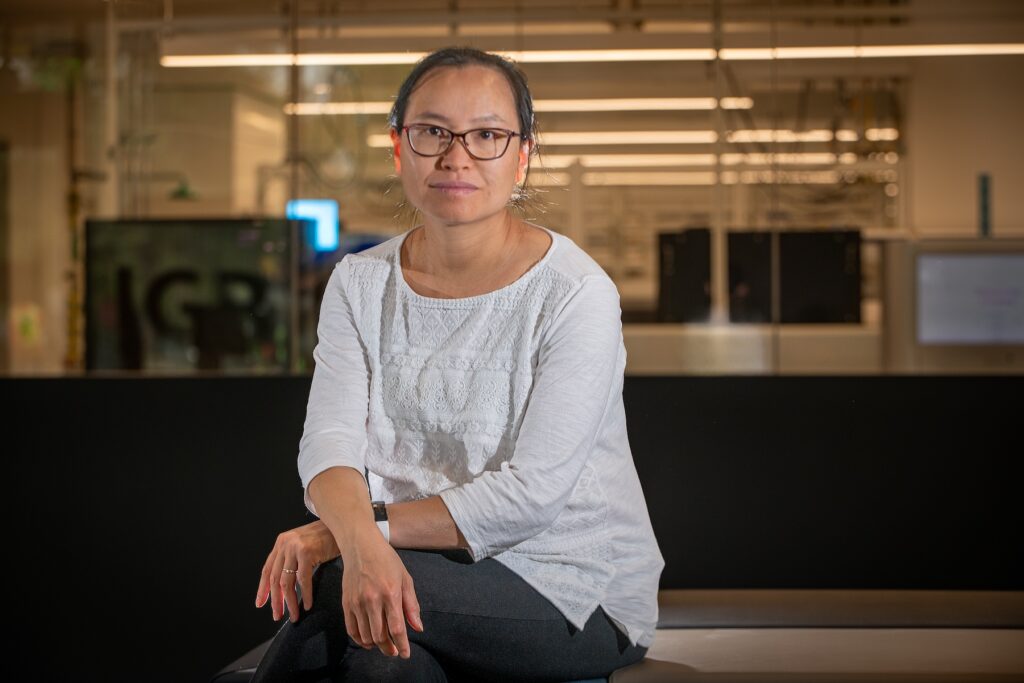From antibiotics to dairy products, microbes produce a variety of valuable compounds through their natural biological activities. And with the rise of synthetic biology, microbes can be engineered to produce a vast array of even more useful substances that can help solve real-world problems.
“It takes time and effort, and of course there are limits,” said Hualan Liu, a research scientist with the Joint Genome Institute (JGI)’s strain engineering platform. “But if a researcher wants to engineer an organism they are interested in, synthetic biology provides tools to potentially achieve that.”
As a DOE Office of Science User Facility, JGI works with scientists around the world who are interested in addressing critical environmental issues. Liu and her teammates are experts at manipulating microbial DNA to carry out new functions and specialize in delivering strains of microbes that help JGI’s user community answer experimental questions. At any given moment, Liu may be tweaking the molecular pathway of a microbe found in soil to aid in the discovery of how it functions, or testing how a plant root–dwelling organism could be modified to help its host cope with harsher conditions and extreme temperatures.
Catering to the interests of JGI users was initially an adjustment for Liu, who, over the course of her scientific training, has come to enjoy the freedom to follow where her interests lead.
“My first reaction can be, is this novel? Is this interesting to me? But we have a specific mission to serve our user community,” said Liu. “We have to consider the practical side of whether a particular strain can be easily scaled, is compatible with robotic systems, or can be produced and engineered in a reasonable time frame.” Ultimately, the tools Liu develops are geared towards immediate needs in the scientific community. And throughout her education and career, heeding her curiosity while also embracing practicality has led to exciting opportunities and new sources of inspiration.
Jumping Genes, and Continents
It’s hard for Liu to say whether she had a strong inclination for science from an early age. As a child growing up in a frugal family in the countryside of China’s Hubei province, her only goal was to do well in school, earn a college degree, and get a solid job.
“It was the 80s and early 90s, and things were very different compared to the education system we have now in the U.S., “ Liu said. “There was lots of memorization, and we followed exactly what the teacher said to do.” Driven by a desire to be more independent and ease the financial burden on her family, she studied hard and secured a scholarship to attend Huazhong Agricultural University.
Liu got her first taste of hands-on research in the latter two years of her undergraduate studies, first in a lab that had designed a pathogen-resistant transgenic strain of rice and later with a group that developed vaccines against pathogens affecting cows, pigs, and poultry. Working to solve problems that local farmers were actively facing helped her see how microbiology and biotechnology could be useful and applicable to daily life. And she discovered she loved the short turnaround time of microbial research: Some of the vaccines she worked on were commercialized and used in the farming industry during her tenure with the lab.
After earning her master’s in preventive veterinary medicine, Liu followed her budding passion for microbiology to the United States, where she enrolled in a doctoral program at Virginia Tech focused on studying the bacterial agents that cause various human diseases, including botulism, tetanus, and diarrhea. Her work centered on transposons, or jumping genes, which are DNA sequences that can change their position within a genome. By harnessing transposons to tweak pathogen genes, Liu could study how her modifications affected toxin-producing pathways as a means to understand how the bacterium functioned to disrupt human health.
Evolving with Berkeley Lab
Upon completing her PhD, Liu recognized that two aspects of research she particularly enjoyed were coming up with a question—and a strategic plan to discover an answer—and technology development, the process of designing, testing, and optimizing a tool to achieve a specific outcome. A seemingly perfect postdoc opportunity in Environmental Genomics and Systems Biology Senior Scientist Adam Deutschbauer’s Berkeley Lab group became available. It focused on developing new approaches to rapidly characterize the function of different bacterial genes and explore their potential for solving important agricultural, environmental, and human health problems. At the time, she and her husband, who had immigrated with her from China, had been living on the East Coast of the United States for almost six years while completing their scientific training. Though Liu was curious about what life was like on the West Coast, her husband had recently accepted a postdoc position in Maryland. Liu made the tough call to move cross-country and try long-distance. Fortunately, her husband landed a similar postdoc position at Berkeley Lab several months later, and the pair was reunited.
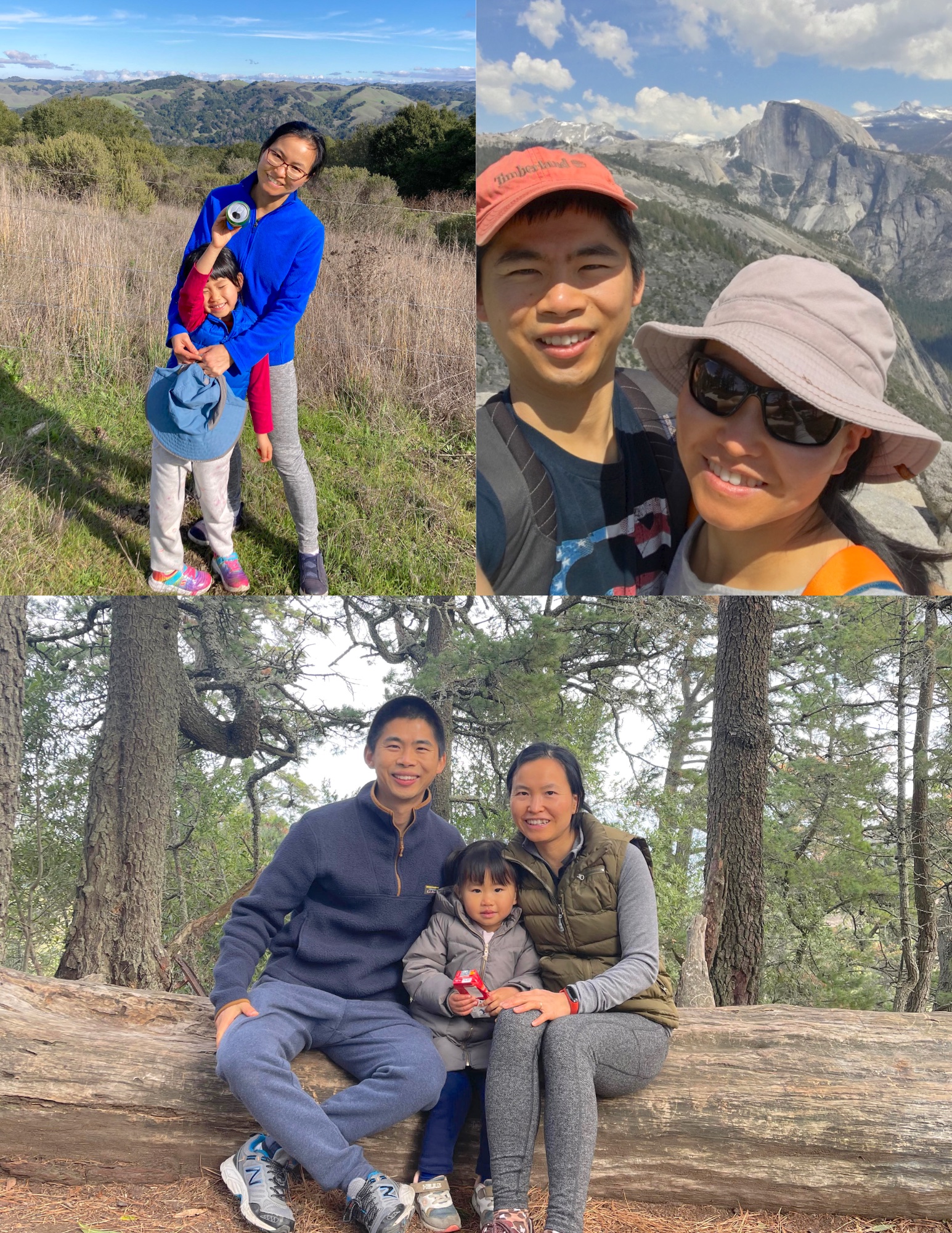
While Liu’s PhD program had engendered a relatively traditional ethos, in Deutschbauer’s lab, Liu felt encouraged to explore new technologies and learn a wide variety of synthetic biology skills.
“It was a very fruitful four years for me,” she reflected. “As part of the ENIGMA (Ecosystems and Networks Integrated with Genes and Molecular Assemblies) Science Focus Area, our research group was very large, dynamic, and collaborative: Grad students, research associates, scientists, and postdocs were able to bring in different opinions, and people were generous in sharing their thoughts and ideas. I was very lucky to learn from so many wonderful people.”
That support helped Liu build confidence. As her postdoc term drew to a close, Liu learned of a project scientist position opening up at the JGI in their strain engineering program, which uses a very similar technology to one Deutschbauer specializes in. Liu knew her background was an excellent match for the role, and she and her husband decided to settle in the Bay Area and advance their careers at Berkeley Lab together. She started in 2019, and rose to research scientist in 2021.
From Lab Bench to Bench Press
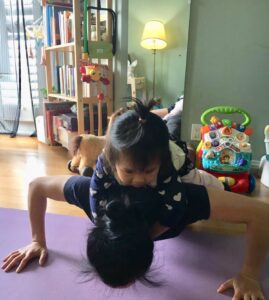
As the most senior member of a recently established group, it’s part of Liu’s responsibility to help define the direction of each project and ensure that experiments move forward efficiently. “I do my best to help my team members optimize their experiments, design genetic tools, analyze their results, and troubleshoot if there’s confusing data or something is not working as we expected,” she said.
Though Liu’s experience helps her team solve problems, she still has her fair share of frustration when experiments don’t go as planned.
“Weight lifting is the best way to shed stress for me,” said Liu. “I enjoy focusing on challenging myself and making progress gradually.” Solo walks around Berkeley Lab’s main campus during her lunch hour help, too. “It helps sort out all the thoughts in my mind,” she said.
Before Liu had her daughter, getting time to herself and maintaining a healthy work-life balance seemed straightforward. Now that she has a six year old to take care of, it’s more challenging. Liu still enjoys jogging, going to the gym, and hanging out with friends. But after work, she picks up her daughter, cooks, and that’s about all she has time for in the evenings.
Fortunately, both she and her husband love cooking together, and that precious time in the kitchen has become a key touchpoint for the couple.
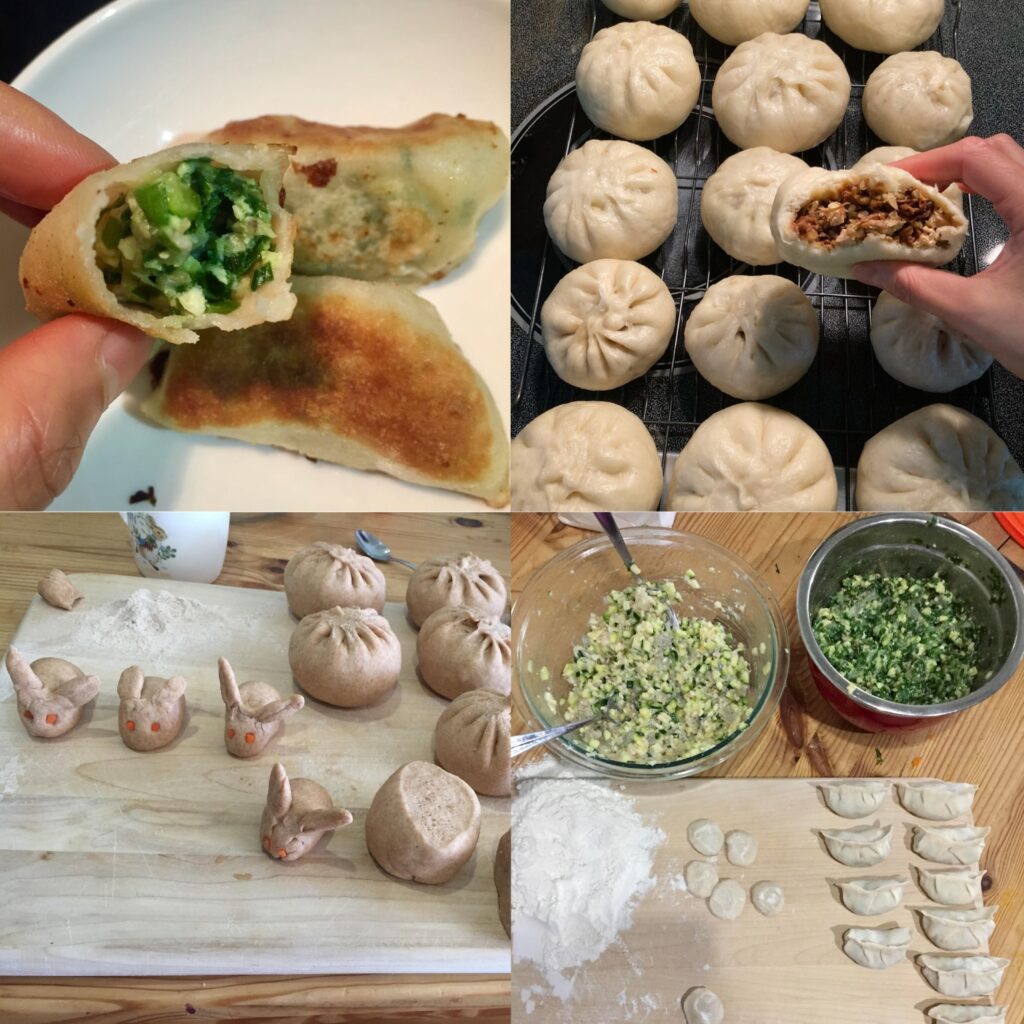
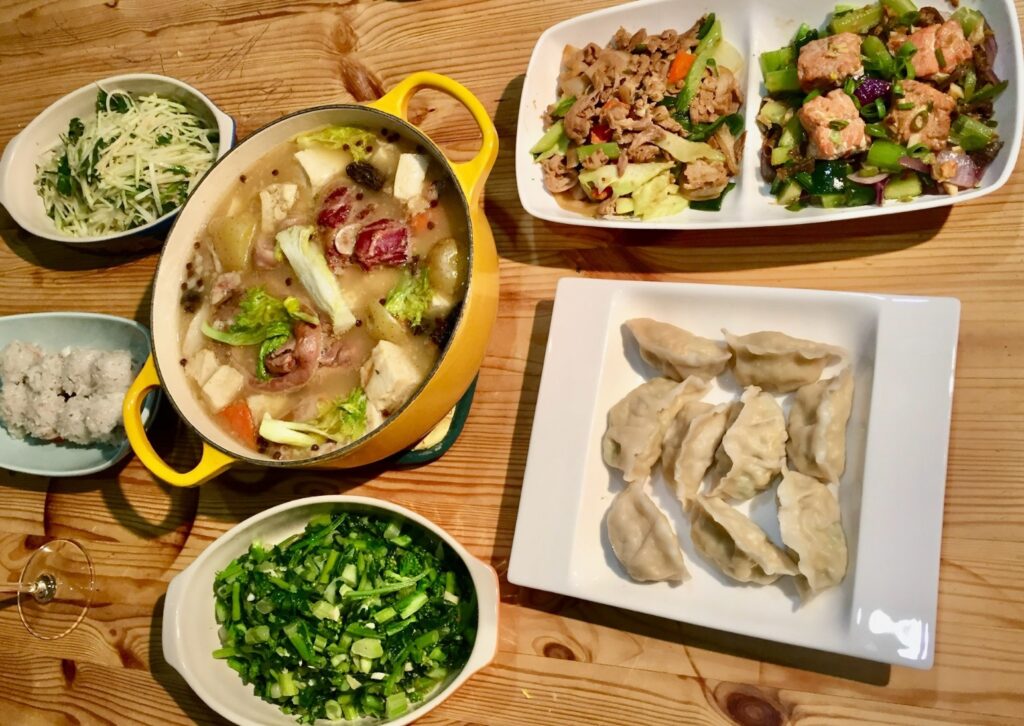
“It helps us have some meaningful conversation during the day.” Liu said. “And since we’re both in the biology field, we help each other through challenging work situations. Sometimes we just need another person, a different point of view.”
Cooking Up Custom Microbes
Although the mindset of serving JGI’s users was new to Liu when she first started, her current projects with the JGI are similar to those she handled in Deutschbauer’s lab. When a request from a user comes in for an organism that makes a certain product, Liu begins by consulting the literature and learning all there is to know about potential host microbes and expression pathways. Then she conceives a strategy for testing the genetic tools needed to modify those organisms, and getting them to actually produce the target substance—which isn’t always cut-and-dry.
While modern sequencing technology means that Liu’s work typically begins with entire readouts of microbial genomes, the functional implications of what is encoded in those genes may not be known. Furthermore, there are often specific conditions for different living organisms, each with distinct metabolic and physiological characteristics, to express a given sequence and generate the intended product. Liu’s team addresses this gap by testing the expression of different altered genes in a diverse set of microbial hosts, increasing the likelihood that one of the pathway-host combinations can actually produce the desired compound.
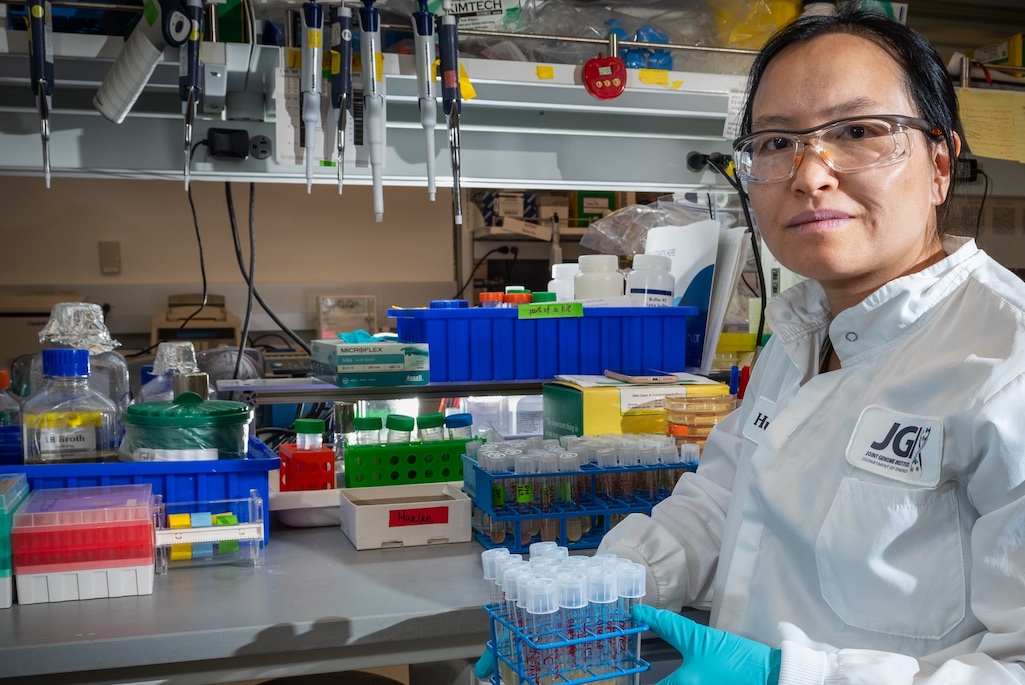
“Our capability is to provide the testing strains, and then we work closely with the DNA synthesis platforms,” Liu said. “So if a user finds 100 pathways that they are interested in, we can use synthetic biology tools to alter the genetic sequences encoding those pathways, put those engineered pathways into ten or twenty different microbial hosts, and hopefully some of them will express. Then the user can continue their investigation of those products and functions.”
From Liu’s standpoint at the JGI, it’s an exciting moment for the intersection of genetic sequencing, synthetic biology, and biomanufacturing. In a world where next-generation technologies enable sequencing entire human genomes in hours, not days, scientists seeking to cure disease or solve environmental problems can access an unprecedented blueprint of how the building blocks of life fit together.
“We are standing on an explosion of sequencing data accumulated by the scientific community,” said Liu. “But there is a lot still unknown. To fully understand or explore the potentials of that sequencing data, we need some way to experimentally validate the products encoded in those sequences. With strain engineering, we provide resources to help scientists answer those questions.” ⬢
Written by Maritte O’Gallagher. As a communications specialist for Berkeley Lab’s Biosciences Area, O’Gallagher spotlights the people and stories behind our latest research.
Read other profiles in the Behind the Breakthroughs series.

